
I am a mother of three and I truly believe that ending racism starts in our homes. Raising children who are not color blind; but instead see colors and respect them equally is how we can make a huge change in our world. Sounds great, right? But, like so many of you I felt overwhelmed and lost. I thought I’m not a racist and that is enough. But, we have to do more. If you scroll through Facebook and Instagram it might make you feel much differently. There is so much good AND bad information out there it can be extremely difficult to decipher between what is helpful and what it is hurtful. But, I just want to help everyone take steps to do better, so I am sharing my tips for How to Talk to Your Children About Racism.
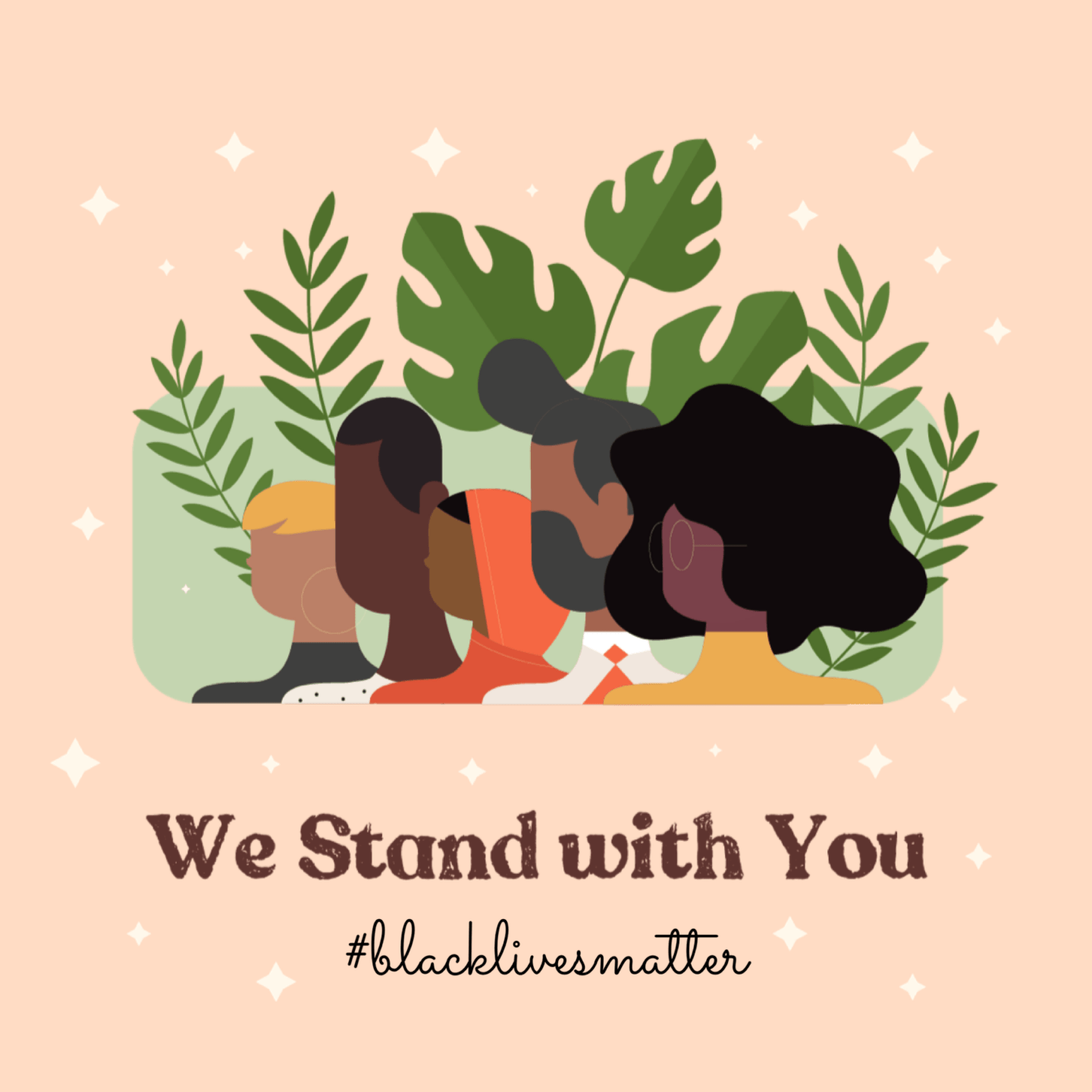
Please don’t yell at me I’m learning too
I felt a lot like I was being lectured and yelled at for not actively practicing anti-racism, mostly by other white people. I have the privilege of being white and I felt like I was being demonized because of it. Truly, I can’t imagine how black people feel daily experiencing racism first hand. It is so overwhelming and scary. I will always believe that kindness and peace, speak way louder than violence and judgement. So, when it comes to educating children I think it is so important to be gentle and informative. You know how when you feel like you’re in trouble or getting yelled at you immediately feel defensive? Yeah, kids do that too. So, let’s not make our children feel that way. I am open to constructive criticism but I don’t want anyone to feel “dumb” or inadequate.
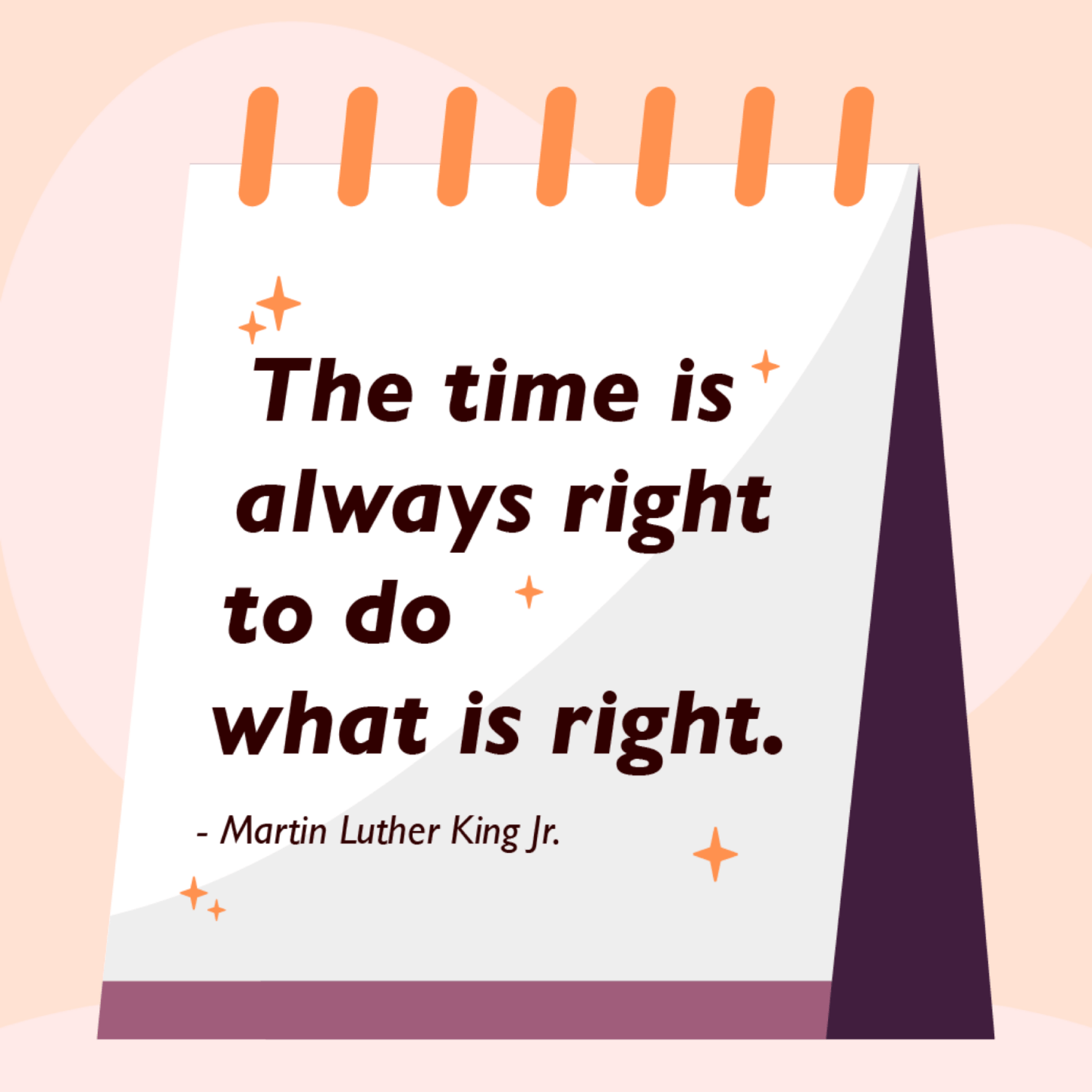
It starts with us
I say this because in order for us as parents to lead by example we must truly understand racism. We need to understand why people say Black Lives Matter and how it is not saying white lives don’t matter. The best way I interpret this is thinking back to learning about early childhood education and the word equitable. Equitable differs from the word equal because what is fair, just and needed for one student may be completely different for another student. We need to say the words Black Lives Matter because our justice system has forgotten this. Whether it is police brutality, harsh punishment or racial profiling there are many, many shortcomings and we must identify and understand the problem in order to help change it.
Where to start? When to start? How to start?
I am still learning too, so please know these aren’t perfect suggestions they’re just my suggestions. It is never too early to introduce your child to inclusivity. Inclusivity is defined as: the practice or policy of including people who might otherwise be excluded or marginalized, such as those who have physical or mental disabilities and members of minority groups. This is something I proactively teach my son. I remember last year one of Vinny’s classmates was a child who was black with special needs. I spoke to the importance of never leaving someone out based on their skin color or if they may look or act different than you.
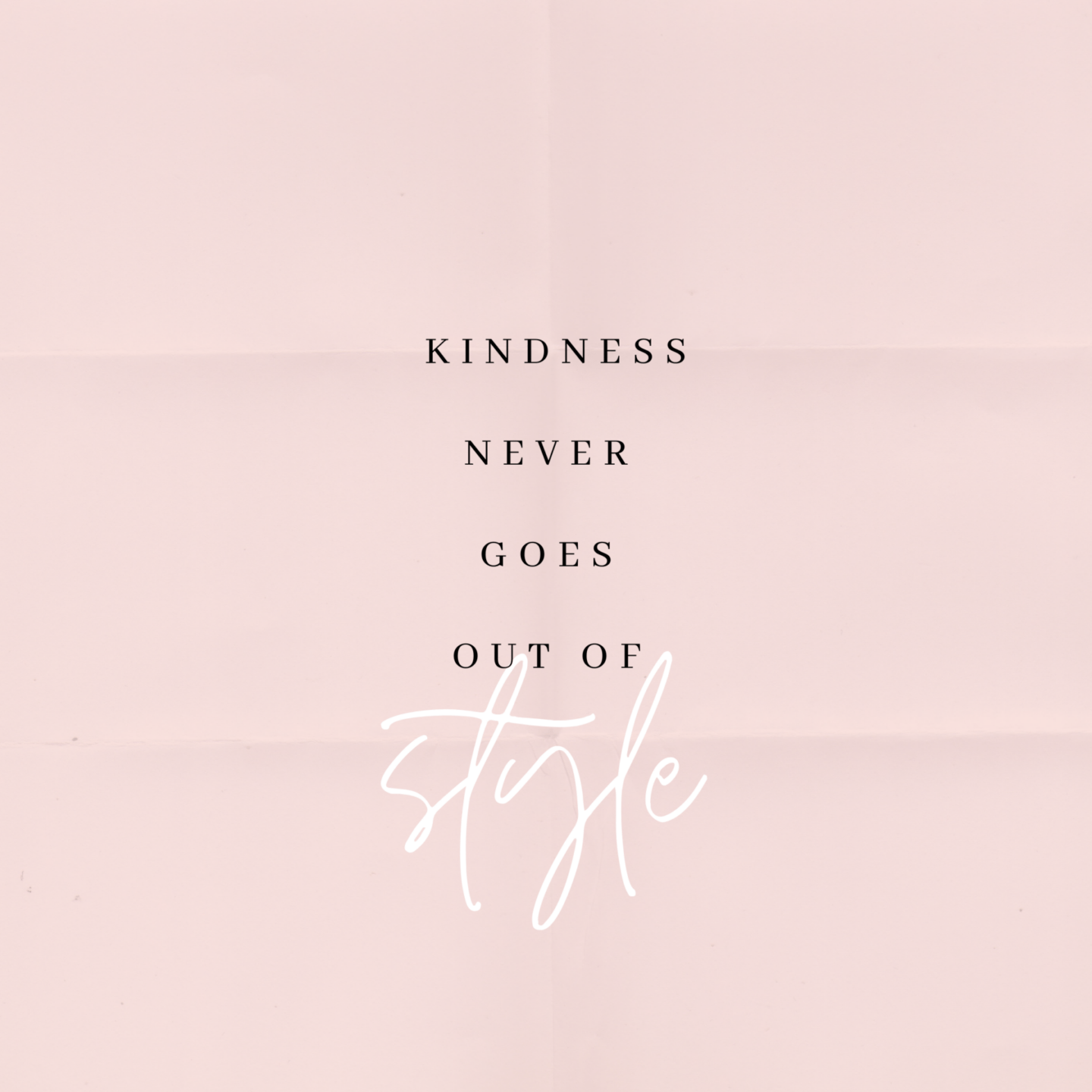
When it comes to talking to our school-aged children we need to keep it simple. Vinny is fortunate to attend a school that children with special needs go to and I am so grateful that he gets the experiences he does there. However, he does attend a predominately white school so it is our job as parents to introduce concepts of anti-racism. What I’m going to share are just suggestions; I am in no way perfect! I have a bachelor’s degree in Child Development and I hope I can bring you educated ideas and some developmentally appropriate language and conversations to have with your children.
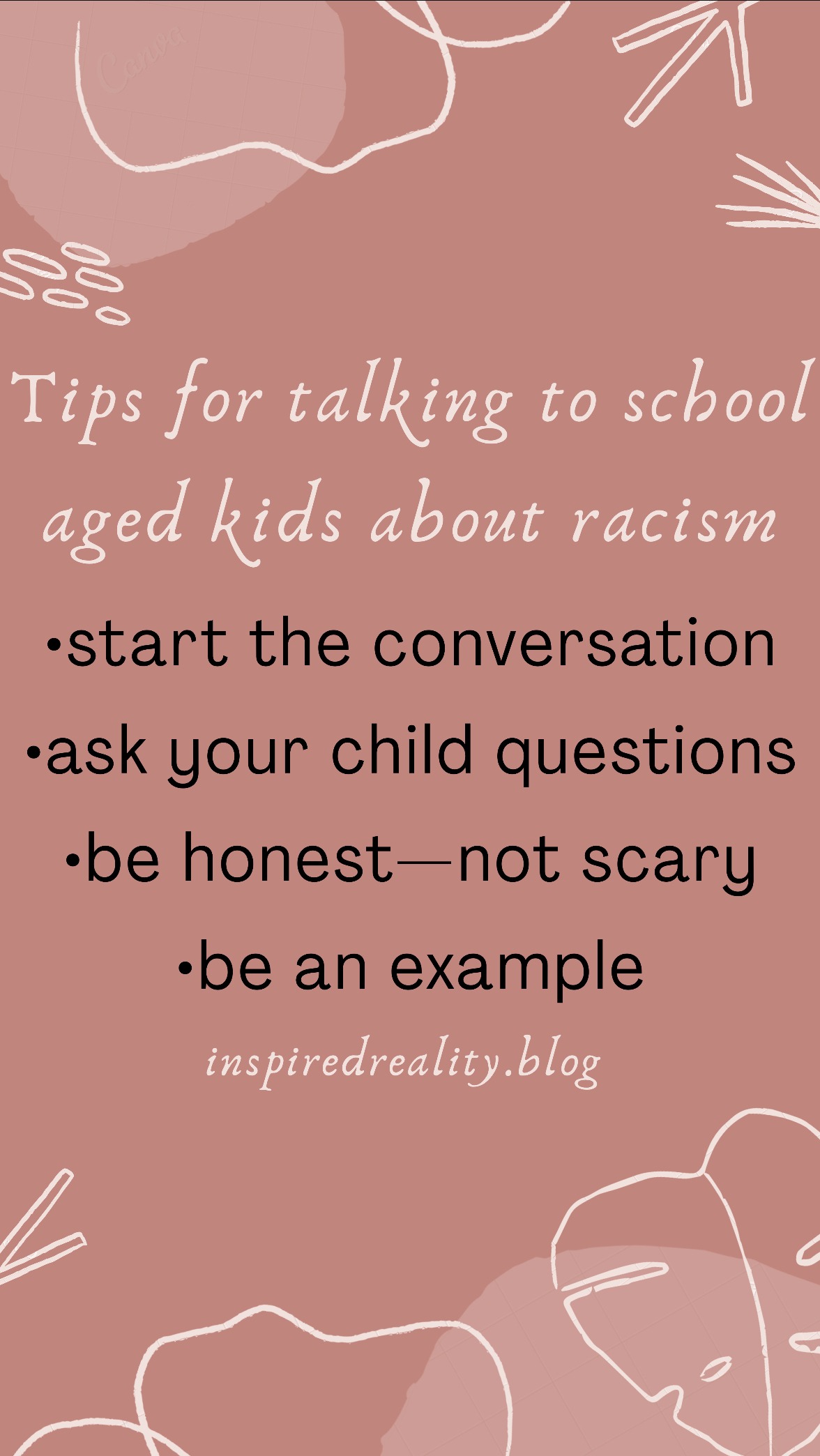
Tips for talking about Racism to school aged kids:
- Start the conversation. For many, kids have no idea what racism is, I know my son didn’t. He was so confused on why people would treat others differently just because of the color of their skin. It can be hard to introduce your child to a concept of hate; one of the very things we try and protect our children from but, it is important.
- Ask your child. Its impossible to hide the media from our children. So, I will often ask my son “How did the news you saw at Grandpa’s make you feel? If a racist comment is made around him, I will ask him how it made him feel and tell him how it is not appropriate behavior. “What do you think black lives matters means and why do you think people have been saying it” Dig deeper and discuss. Every conversation may look different but having the conversations is important.
- Be honest but not scary. Talking police brutality with my eight year old son was one of the hardest conversations I’ve had. For children; police officers are heroes and they still should be. There are some police officers who can be bad, racist people but, we should still respect and appreciate police officers. When talking to young children; its not that we want to sugar-coat anything but we do want to protect their innocence and peace. We don’t want to induce fear or worry in our children but rather educate and inform them.
- Be an example. I can’t stress this one enough. This is where it starts; our children are little sponges and they pick up on everything you do. You know how we all say we won’t grow up to be like our parents? And then we all grow up to be like our parents? Don’t be racist, don’t be prejudiced. Be nice and stand up against racial injustices.
Racism with babies and toddlers
This can be tough because we feel like they are so little; they don’t understand race. However, children at just six months old begin to notice physical differences in people. The sooner you start introducing different races the better.
- Buy inclusive toys. Introducing multi-racial dolls and stuffed animals is a really easy way to show inclusivity. Something you may hear a child say, “I don’t want that doll it doesn’t look like me.” You could use this as a learning moment to celebrate differences and encourage your child to play with the toy. Buy the crayons that have all of the different skin tones. The more familiar your child is with different races the more comfortable they will feel.
- Read Multi-Racial Books. Reading stories with multi-cultural and racial characters is another great way to introduce your child to different races and cultures. I put a link to shop multi racial books on Amazon.
- Include Multi-Racial Pop Culture. I love this one because it’s using screen time to it’s fullest. We all try and limit screen time for our children. Well, next time you’re turning on a show or Youtube video; try and find one that is racial friendly and inclusive. Shows with multi-racial characters or actors, movies that teach about racism and movies with black heroes are ways to include different races into your every day life and normalize it for your children.
- Titles for Little Kids: The Princess and The Frog, Moana, Bubble Guppies, Dinosaur Train, Doc McStuffins, Dora the Explorer
- Titles for Older Kids: Remember the Titans, Freedom Writers, Stand and Deliver, Dangerous Minds, The Help, Black Panther

I hope that this helps you get the conversations about racism started in your home. Looking for more motherhood related posts, check out this section of my blog here. I always want to be a resource to my motherhood community and I hope this post does that. I know I don’t have it all right or “perfect” so I am always up for constructive criticism and ideas. Like our children, I am still learning too.
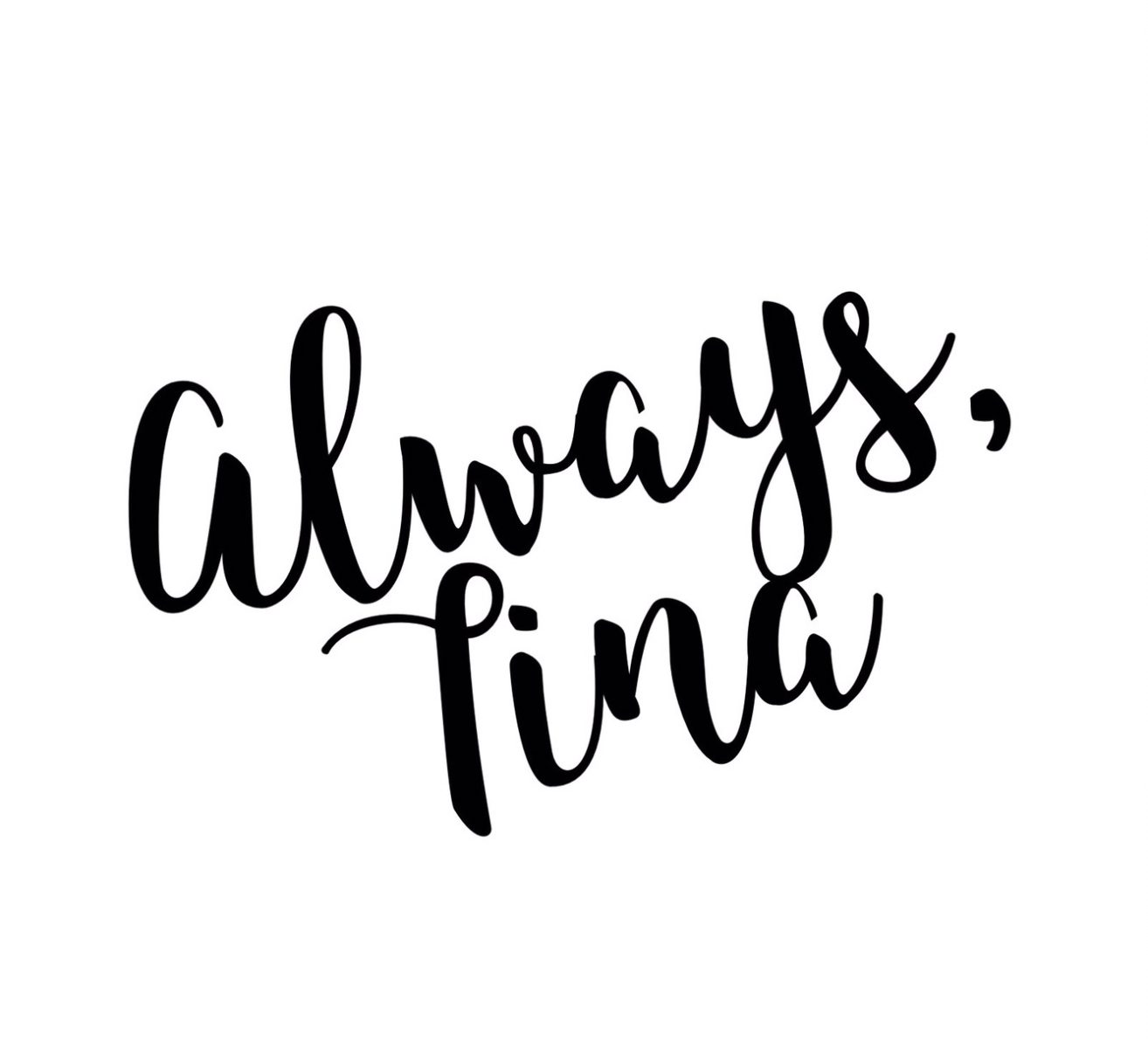
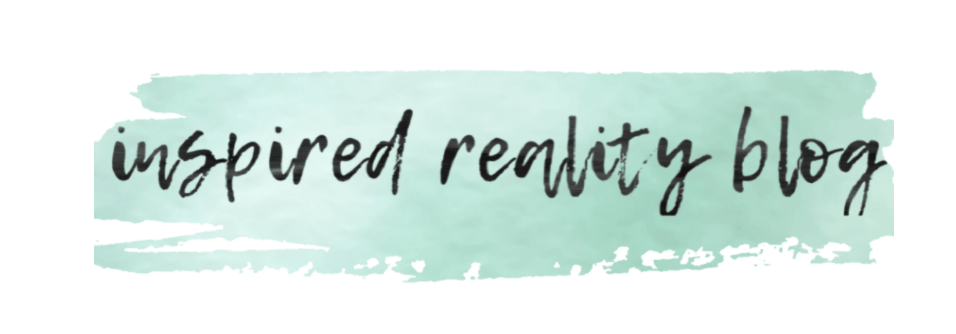
This is so well written! Thank you for sharing this!
These are really great tips to approach a sensitive topic with your child. Even more than that, I really want to applaud you for feeling so strongly about the topic, that you spent time to write this up, and share it for others. Given the current state of racism, I think more people should follow your example. It might be uncomfortable, but it’s time more people start being honest about the realities of racism. Thank your for making your voice heard, and for passing along this positivity to the next generation.
Author
Thank you so much for your kind words. This post wasn’t the easiest to publish, so I appreciate your positive feedback so much!!
-Tina
Hello, just wanted to say, I liked this post. It was funny.
Keep on posting!